Whether you're operating an aquarium, an aquaculture system, or an industrial water treatment facility, biological filtration plays a vital role in maintaining water quality. At the heart of any effective biofiltration system is the biological filter media—a porous, high-surface-area material designed to support colonies of beneficial bacteria that convert harmful substances like ammonia and nitrites into less toxic nitrates.
Proper maintenance and timely replacement of biological filter media are essential to ensure optimal system performance, prevent water quality issues, and extend the lifespan of your filtration equipment. In this guide, we’ll walk through the step-by-step process of maintaining and replacing your biological media—featuring best practices and insights from Feierda, a leading company in eco-friendly filter media innovation.
What Is Biological Filter Media?
Biological filter media provide a habitat for nitrifying bacteria, which are responsible for the nitrogen cycle in water systems. These bacteria convert toxic ammonia (produced by fish waste, uneaten food, or organic matter) into nitrites, and eventually into nitrates—a less harmful compound.
Common Types of Biological Filter Media:
Ceramic rings
Bio balls
Porous lava rock
Plastic bio-grid or mesh
Advanced polymer-based media like Feierda’s high-efficiency materials
Feierda develops and produces high-porosity, eco-friendly filter media optimized for both small-scale and industrial applications, offering enhanced durability, faster colonization, and sustainable performance.
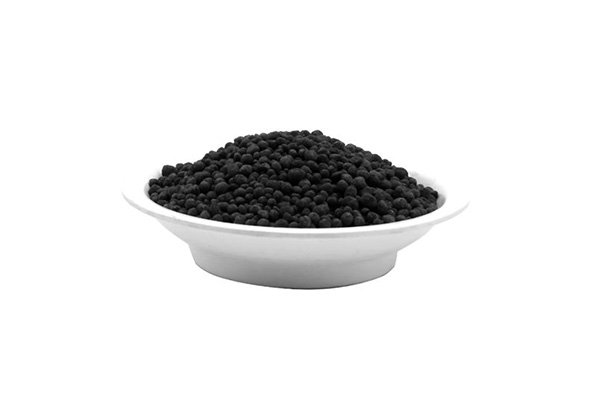
Why Maintenance Is Crucial
Over time, biological filter media can become clogged with debris, coated with biofilm, or lose efficiency due to aging or poor water flow. Without proper care, this can lead to:
Ammonia or nitrite spikes
Algae blooms
Foul odors or cloudy water
System failure or livestock loss
Regular maintenance ensures that beneficial bacteria thrive and water quality remains stable.
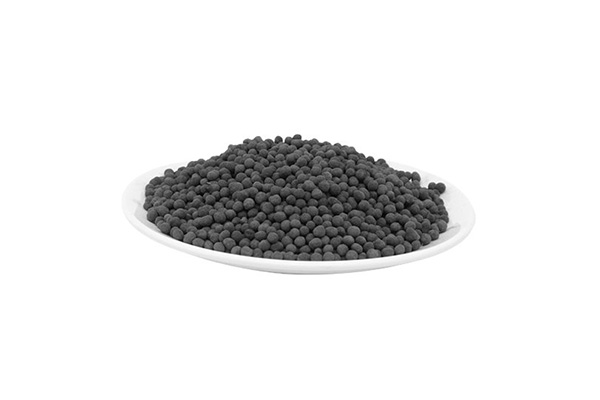
Step-by-Step Guide: How to Maintain Biological Filter Media
Step 1: Prepare the Necessary Tools
Before starting, gather:
A bucket of dechlorinated or tank water
Soft brush or sponge
Gloves (for hygiene and safety)
Filter maintenance manual (if available)
Tip: Never clean biological media with tap water. Chlorine or chloramine can kill beneficial bacteria.
Step 2: Turn Off and Disassemble the Filter System
Shut down the filter unit or pump to avoid any electrical hazard. Carefully remove the filter housing or media trays to access the biological media.
Step 3: Gently Rinse the Media
Swish the biological filter media in the bucket of tank water to dislodge debris and sediment. Do not scrub aggressively—you want to remove waste while preserving the bacterial colonies.
For ceramic rings or porous rocks: Light shaking in water is enough.
For Feierda’s advanced polymer or sintered media: Their structure allows easy rinsing without excessive biofilm loss.
Step 4: Check for Media Degradation
Inspect your filter media for signs of wear:
Cracking or disintegration
Blocked pores
Excessive slime buildup
Unusual smell
Feierda's biological media are designed for long-term durability, but even the best materials eventually degrade. Replace them if they appear brittle or heavily clogged.
Step 5: Replace Partially, Not All at Once
To prevent bacterial die-off and nitrogen cycle disruption, never replace all your biological media at once. Instead:
Replace 30–50% at a time
Wait 2–3 weeks before replacing the rest
This approach gives the new media time to seed and stabilizes the biological balance.
Feierda offers a wide range of modular media types, allowing for staggered replacement and better long-term maintenance planning.
Step 6: Reassemble and Restart the System
Once maintenance or partial replacement is complete:
Reassemble the filter and media trays
Restart the pump or system
Monitor the water flow and look for leaks or reduced output
Step 7: Monitor Water Parameters
Use test kits to track:
Ammonia
Nitrite
Nitrate
pH levels
Keep a close eye on these parameters for a week after maintenance. If you see a spike in ammonia or nitrites, your system may need a boost of bacterial supplements or more time for colonization.
Feierda also provides bio-activation additives that accelerate bacterial growth on new or cleaned media, reducing system downtime.
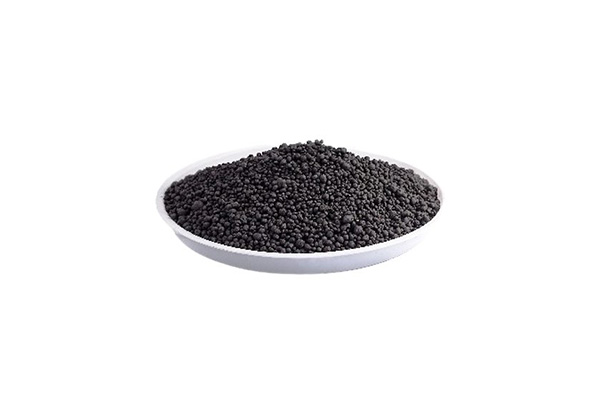
When Should You Replace Biological Filter Media?
Every 12–24 months under normal conditions
Sooner if media shows damage or severe clogging
After exposure to chemicals or medication (especially in aquaculture or aquarium systems)
Following system contamination or power outages
Feierda’s premium filter media have extended lifespans and are resistant to microbial degradation, reducing replacement frequency and operating costs.
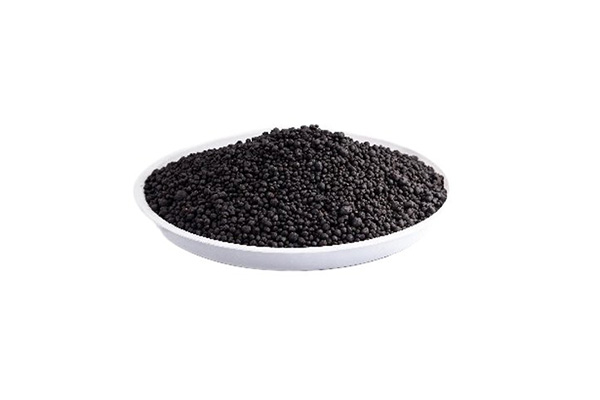
Why Choose Feierda Biological Filter Media?
As a specialist in environmental filtration solutions, Feierda focuses on the R&D, production, and sales of advanced filter materials that support sustainability, performance, and long-term reliability.
Feierda's Key Advantages:
High-surface-area structures for maximum bacterial colonization
Durable, eco-friendly materials with long service life
Custom-designed solutions for aquaculture, wastewater treatment, and aquarium use
Strict quality control and ISO-certified production
Expert technical support and consultation services
Whether you're managing a koi pond, a marine aquarium, or a full-scale water treatment facility, Feierda has a filter media solution tailored to your needs.
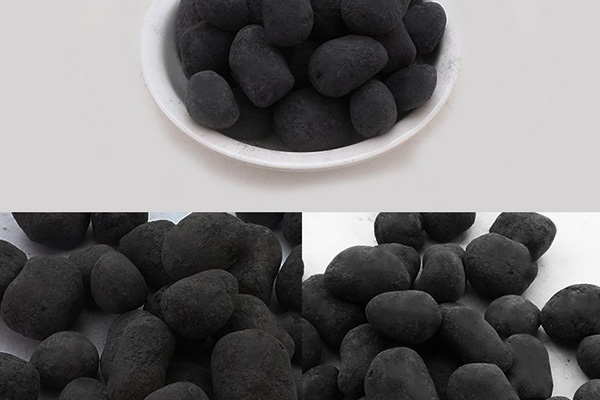
Conclusion
Proper care of your biological filter media is the foundation of a healthy, efficient water system. With the right materials, regular maintenance, and smart replacement strategies, you can ensure your system stays balanced, clean, and sustainable.
Feierda makes this easier with innovative, high-performance biological filter media designed for long-term reliability and eco-conscious operations.
Key Features to Look for in Biological Filter Materials for Industrial Use
www.filta-et.net
Feierda Environmental Technology (Zhenjiang) Co., Ltd.
